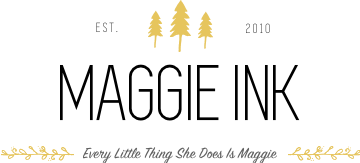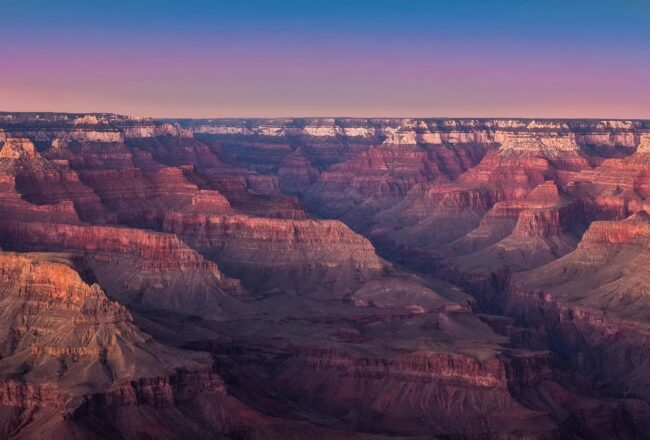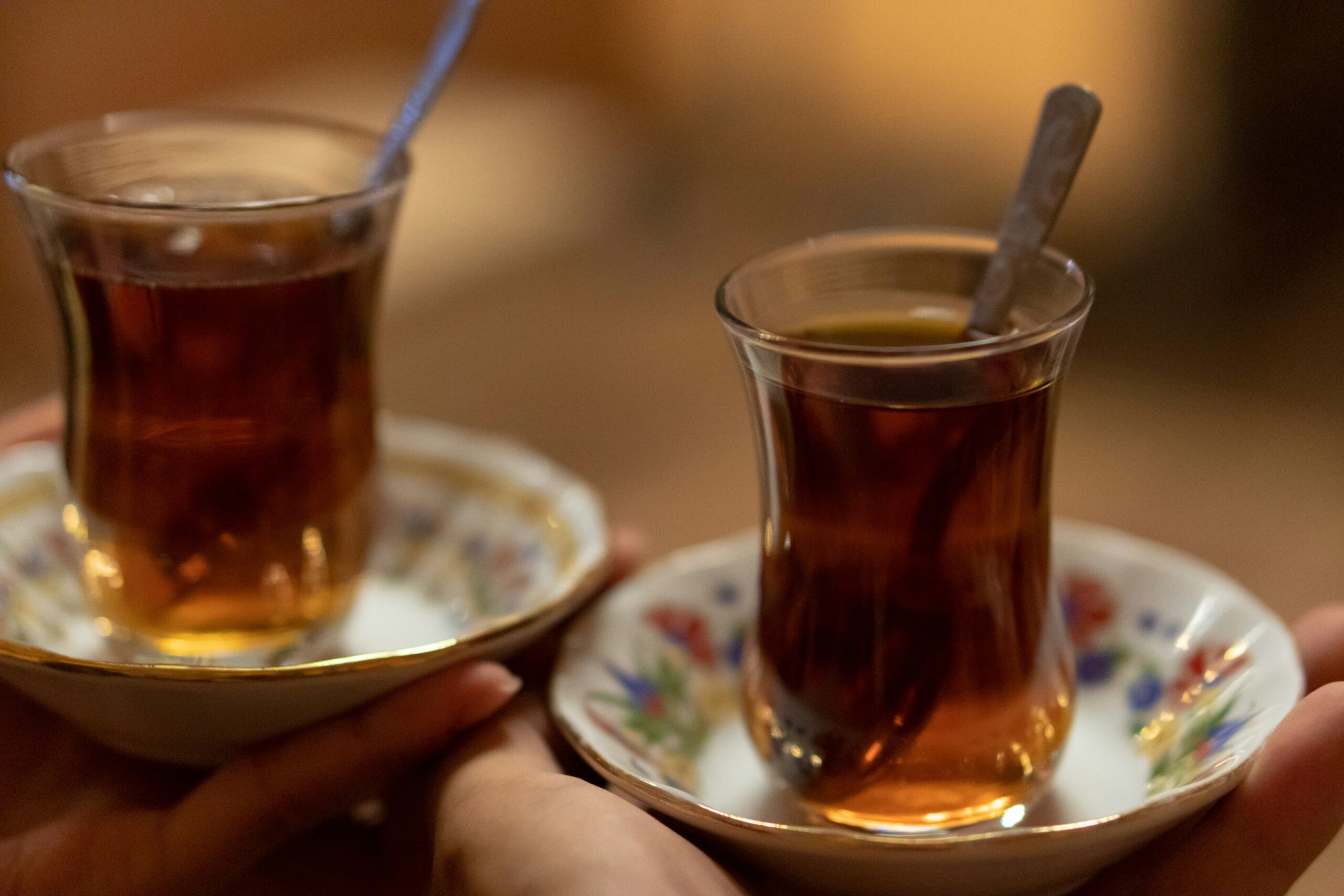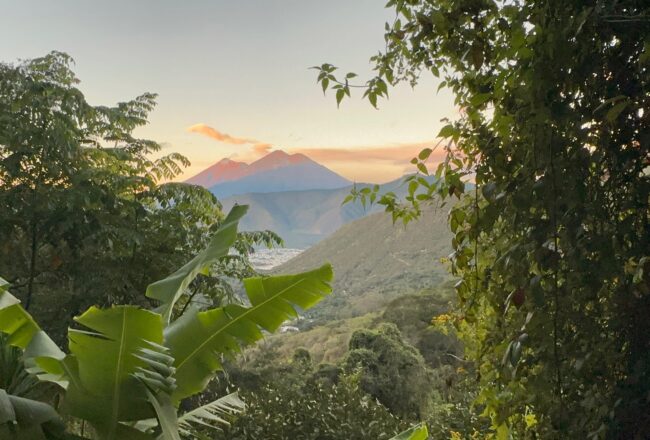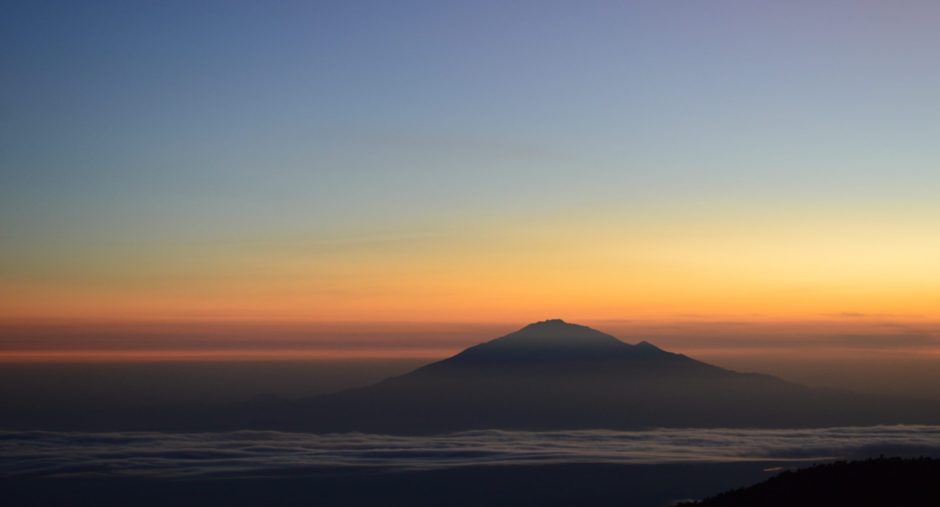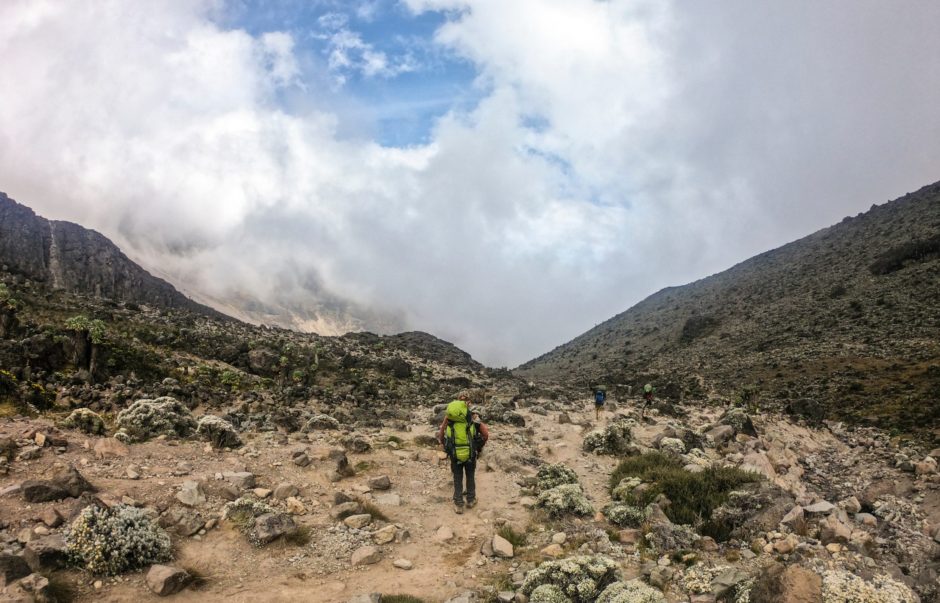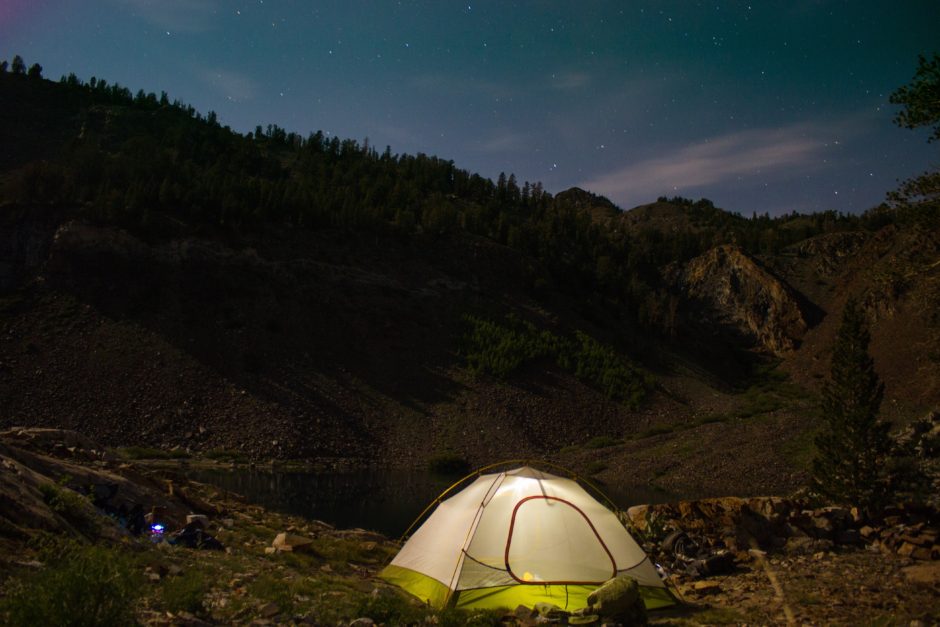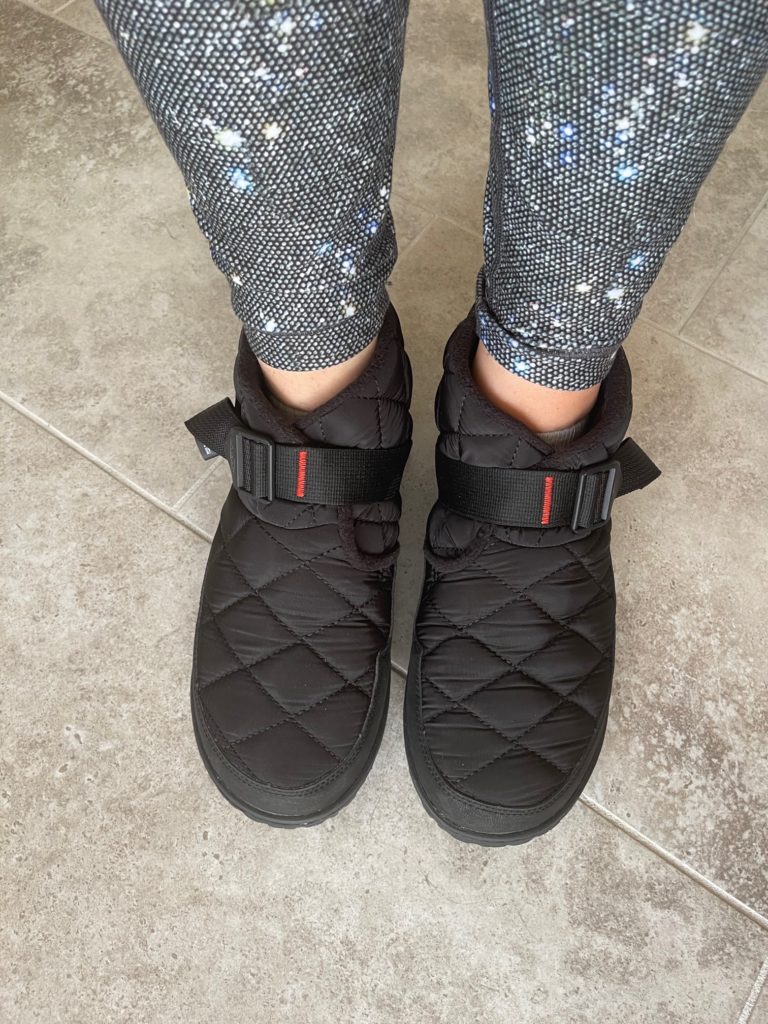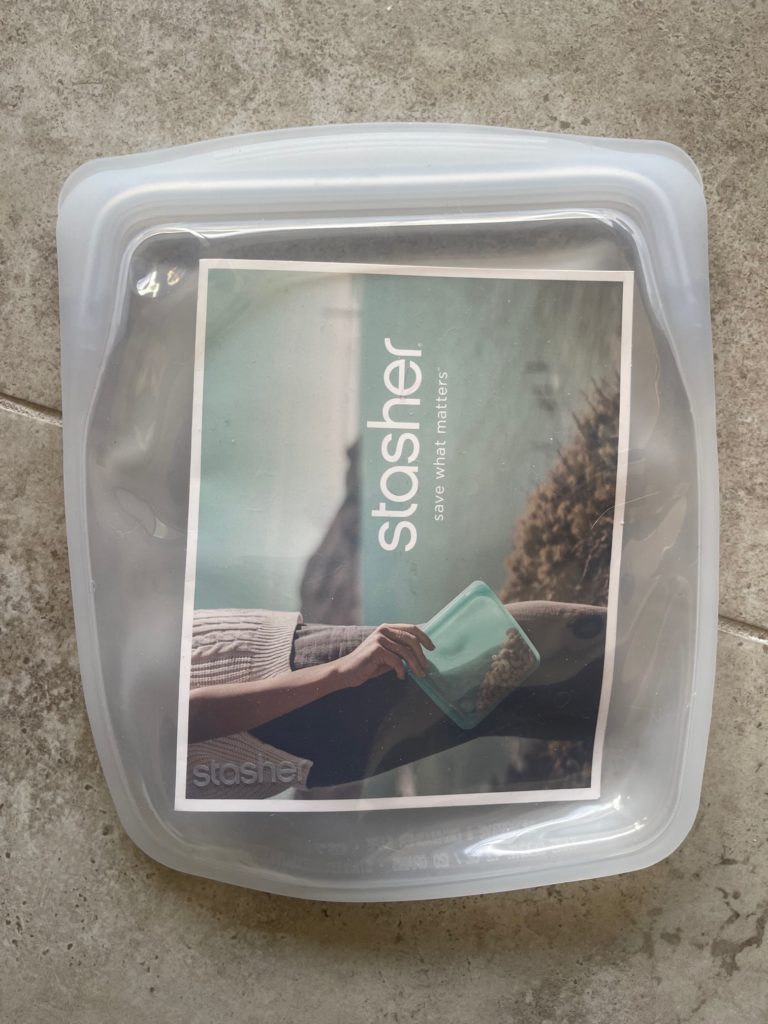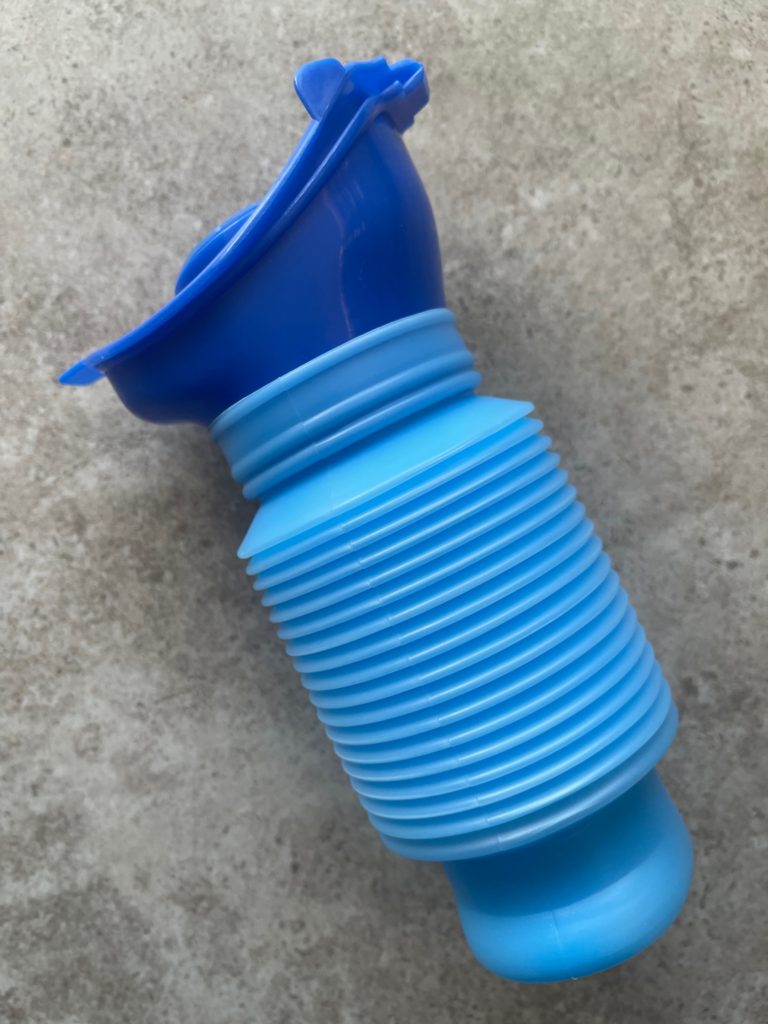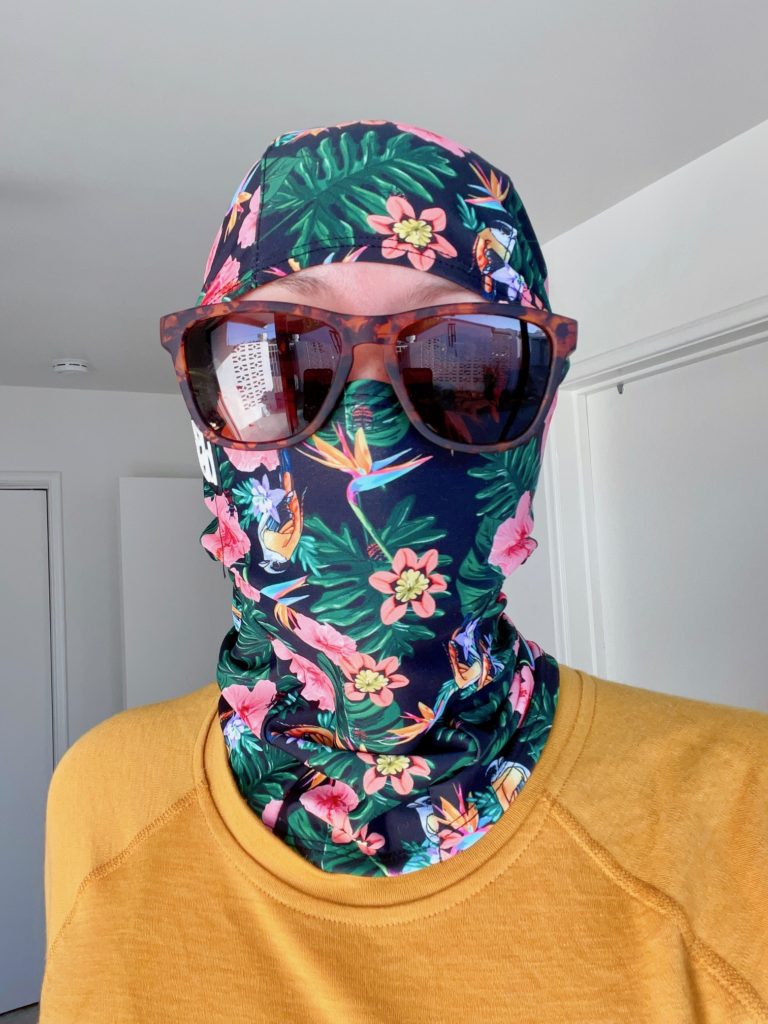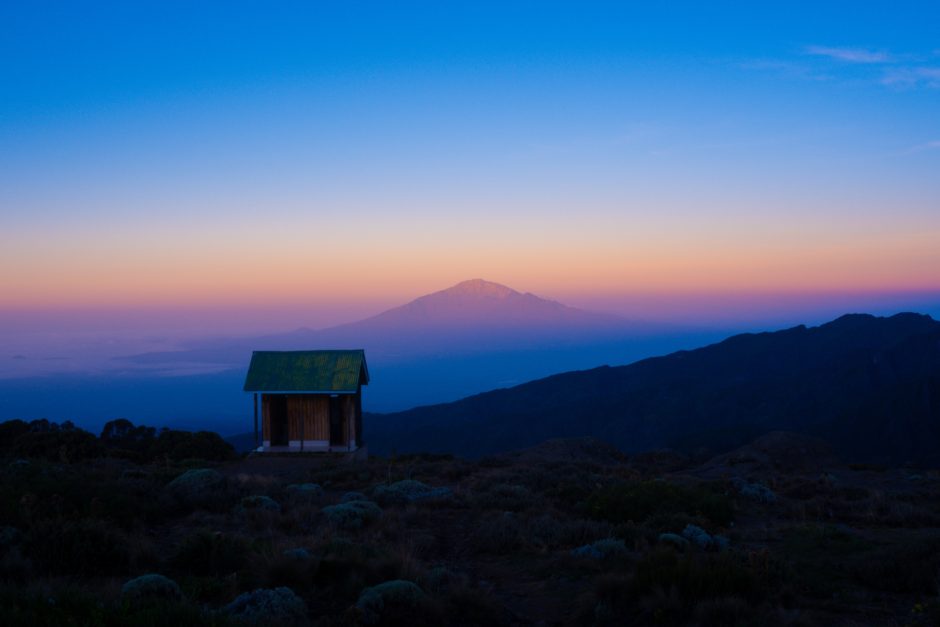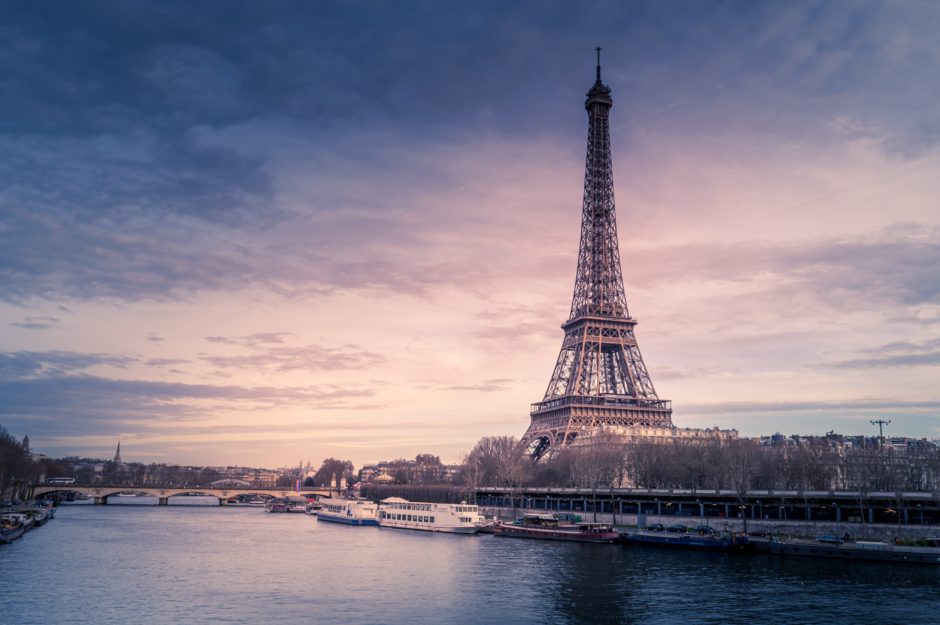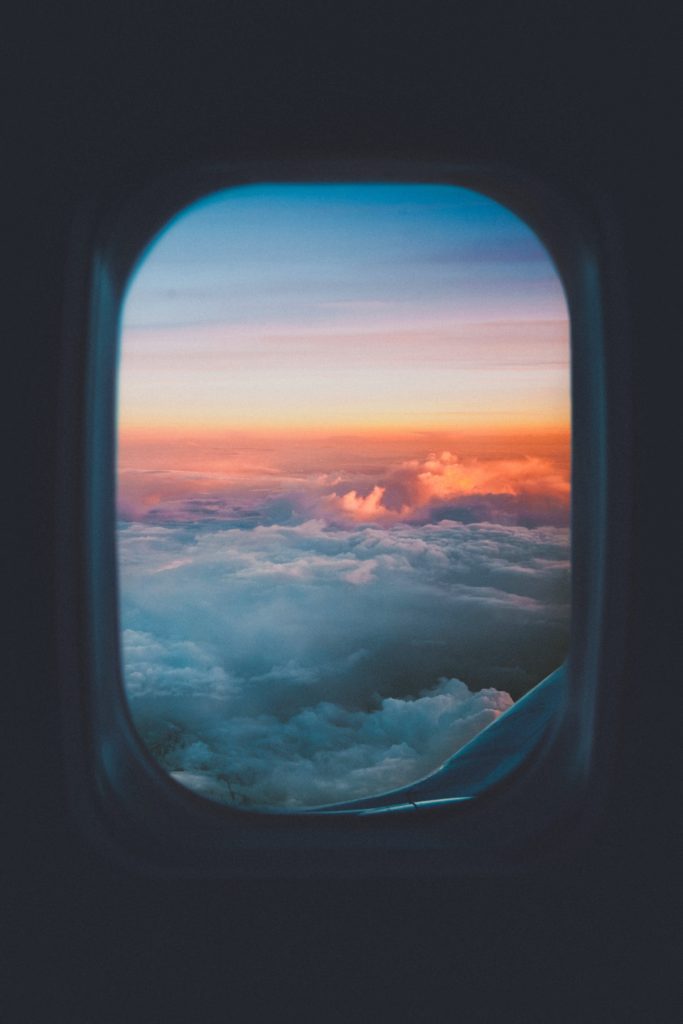To climb Mount Kilimanjaro, I needed a banger playlist. So I made one. What I didn’t anticipate was that summit night — a seven-hour strenuous hike through the dark to reach the peak — would be such a physical, emotional, and mental hellscape, and the music would take me places I didn’t expect.
I’ll share the full story of summit night soon. In the meantime, here are some of the tunes that played during the trek to 19,341 feet.
Born to Run • Bruce Springsteen
I intentionally made this the first song on my playlist, because I thought it would get me amped for hiking. But I’m not sure wtf I was doing, because I never heard it. Not once.
All I Do is Win • DJ Khaled
I’m not really a DJ Khaled listener. But every day when we reached camp, this song barged into my head uninvited and ran through my brain on a loop, so it was a given for summit night.
Sabotage • Beastie Boys
You know what does get me amped? Anything by the Beastie Boys. I should’ve made a whole Beastie Boys playlist. I guess there’s always the next mountain.
Give No Fucks • Drama
The entirety of summit night was a struggle, but particularly the first few hours. When I eventually found my groove, this song matched my cadence. So I remember hearing the beginning of this tune, but then I zoned out on the endless road to nowhere.
Take Me With U • Prince
This is when I began to hallucinate.
There were a lot of Prince songs on my playlist, and I loved them all. But this particular one reached into my brain and elevated me to another plane.
Listen to it. There’s something about the absolute chaos of the first 15 seconds and how it abruptly transforms into something sparkling and true. It was so stunning it almost took my breath away. (Almost. I couldn’t spare any breath at that point.)
Hearing this song at this particular moment felt like the first time I did psychedelic mushrooms and discovered God in the bark of a tree. Like how did I not see this vision before? Also glittery finger cymbals! Magic.
Spaceship • Kesha
Still on my mountain high, I was walloped upside the head by my favorite Kesha song. Even though I’ve listened to Spaceship numerous times, I’ve never paid attention to the spoken part where Kesha says, “I’m nothing more than recycled stardust and borrowed energy.”
Climbing a mountain of ash and ice, I felt that. I felt that I was recycled stardust, and space was calling me home. Just put me on a spaceship. Or a helicopter. Whatever. Take me away.
Help I’m Alive • Metric
When I’m not climbing a mountain, I love this song. I hated it on Kilimanjaro.
Every time they sang, “Can you hear my heart beating like a hammer? Beating like a hammer?” I was like YES, I HEAR MY HEART BEATING LIKE A HAMMER. I hear my heart in my ears, and I feel my heart in my eyeballs. Everything’s beating. Everything’s a hammer. Fuck.
Waka Waka (This Time for Africa) • Shakira
I cried. I can’t remember if this was the first time I cried on the climb or the 47th time I cried. The sun was rising, like an oil lamp flickering to life, illuminating the rocks and glaciers, and I was just reaching Stella Point, all of Africa below.
It would take another hour from that point to reach the peak, but damn it, Shakira believed in me: “This is your moment, no hesitation / Today’s your day, I feel it.” So I wiped the tears that had frozen to my cheeks, and I kept going.
Work It • Missy Elliott
The best. I thought I was depleted, but somehow this song summoned more energy from my bruised, battered body — and even inspired me to add a little dance to my steps. Proof that songs about peen can help me accomplish most anything.
American Girl • Tom Petty
“God, it’s so painful, something that is so close is still so far out of reach,” Tom Petty crooned as I made the final push to the peak.
“A little too on the nose, Tom Petty,” I muttered to myself. “Nobody will ever believe this.”
